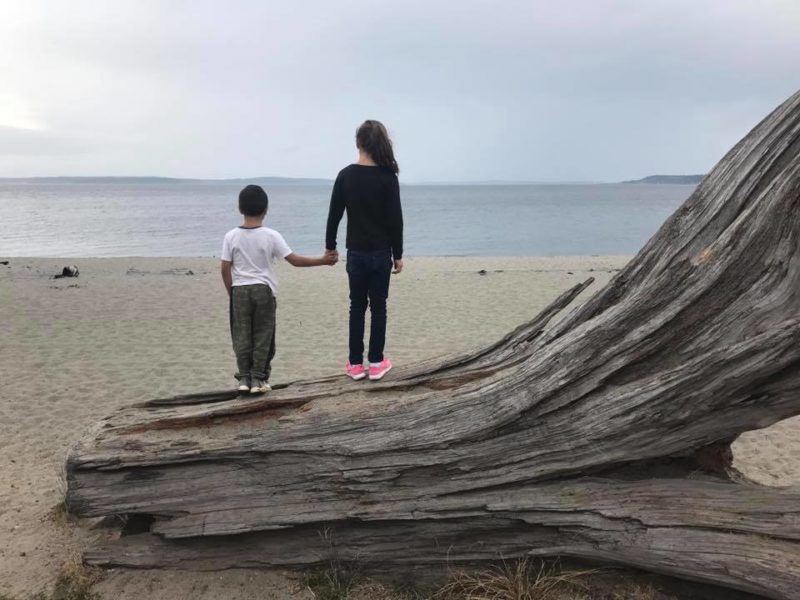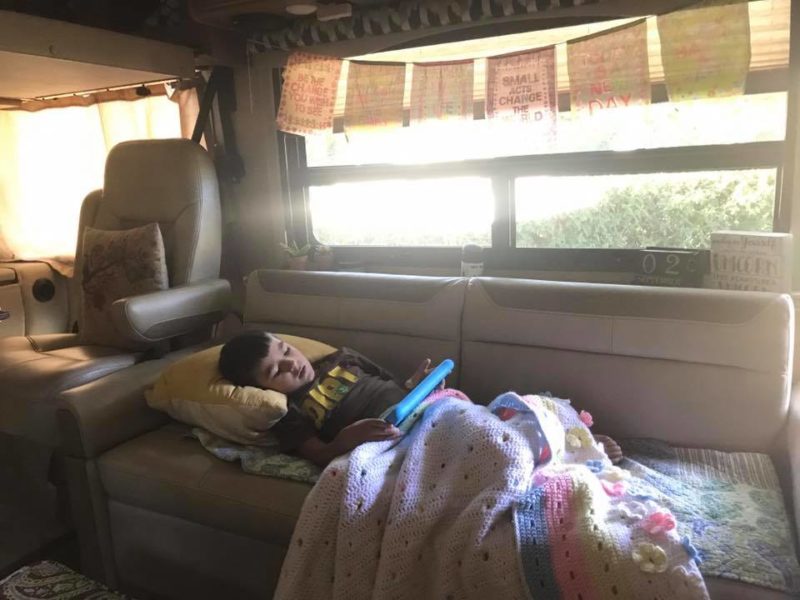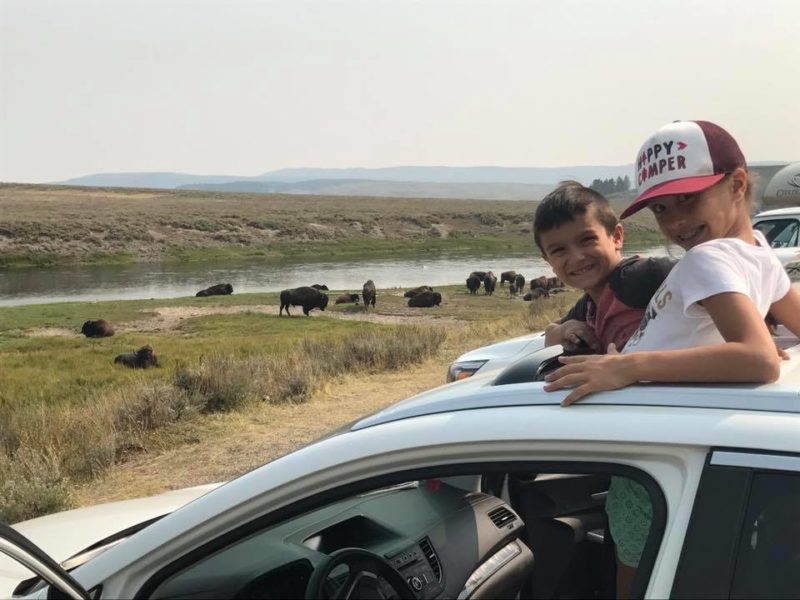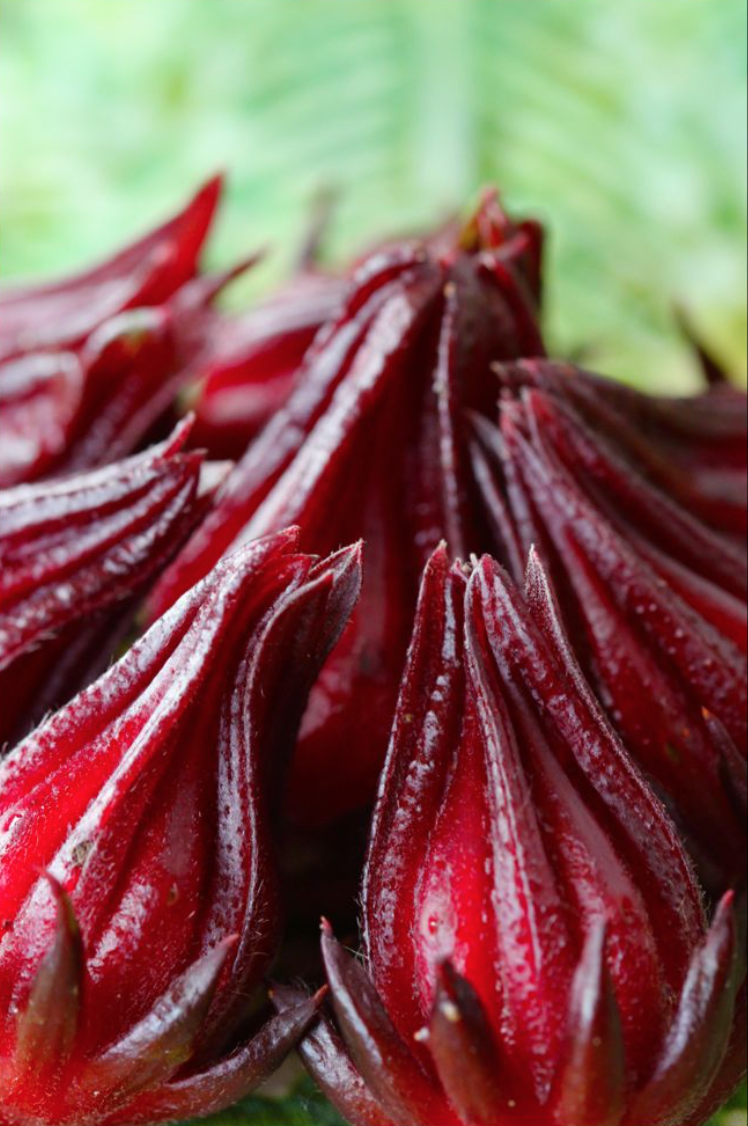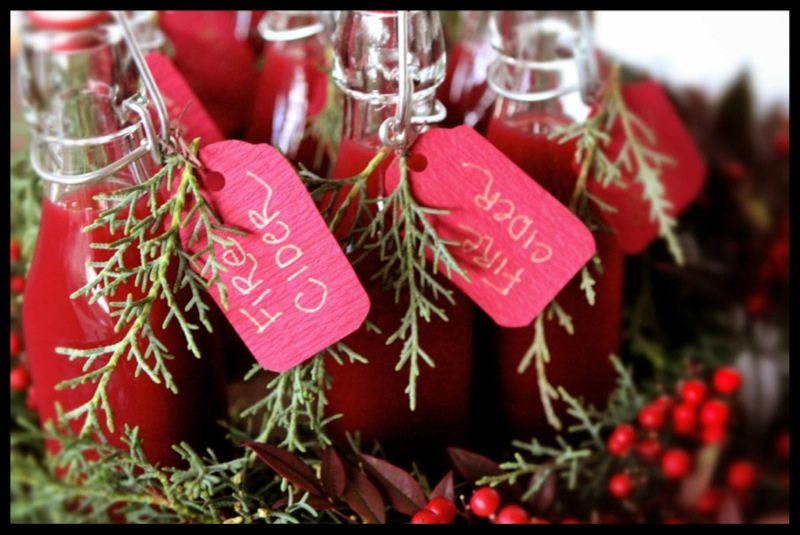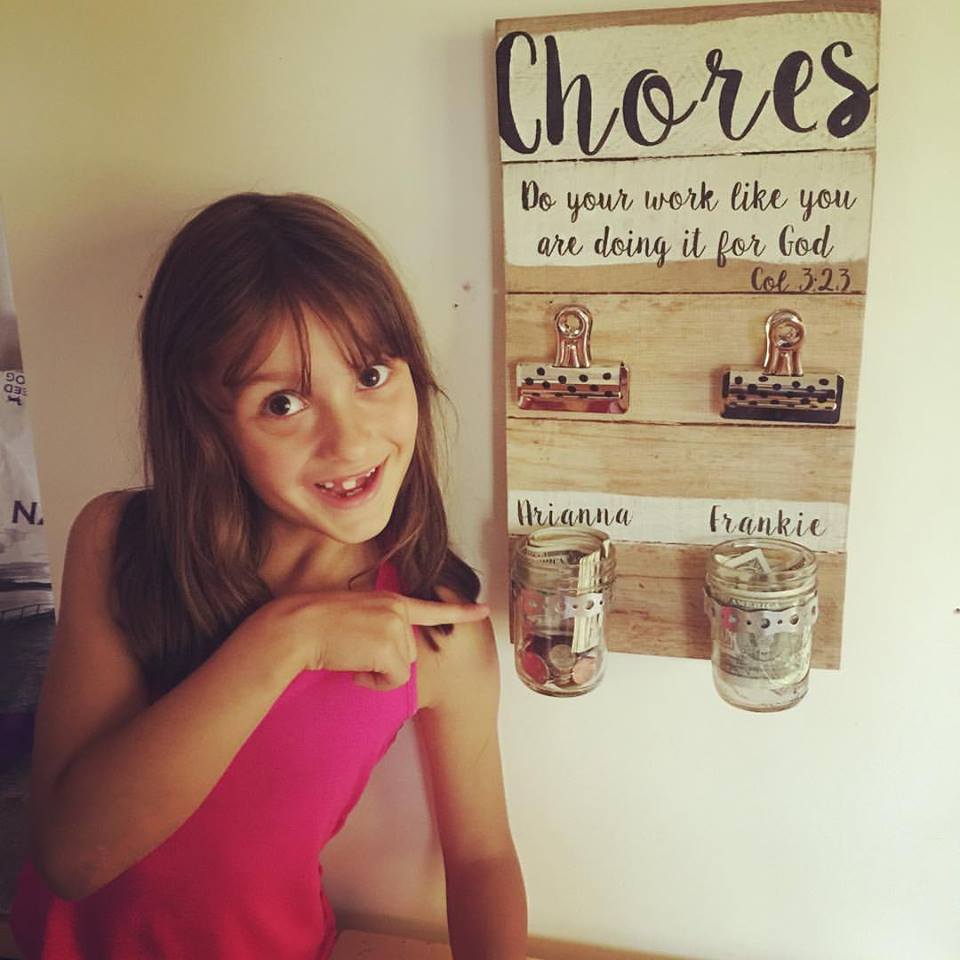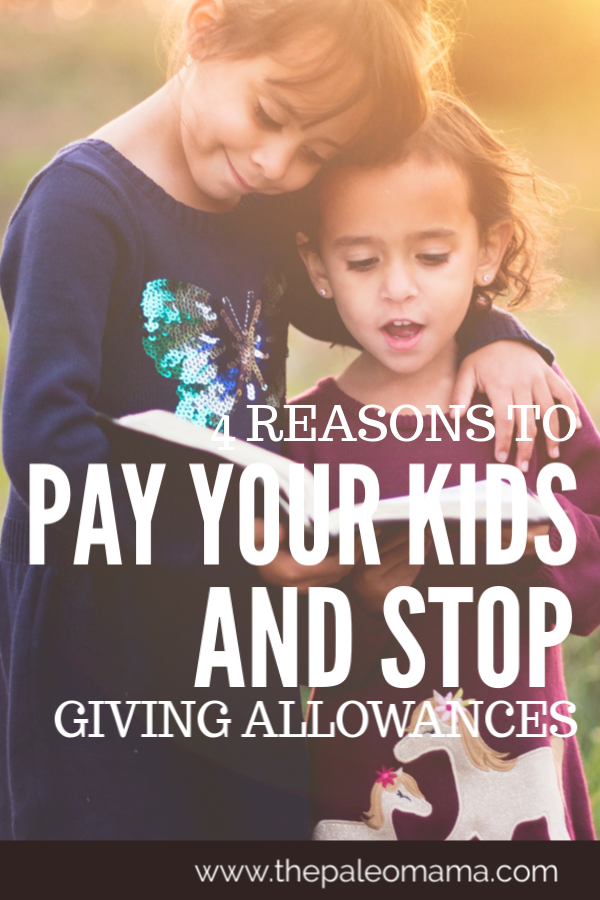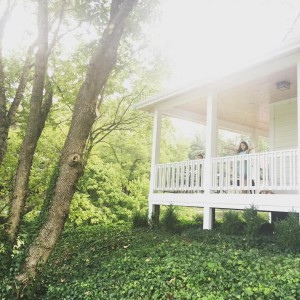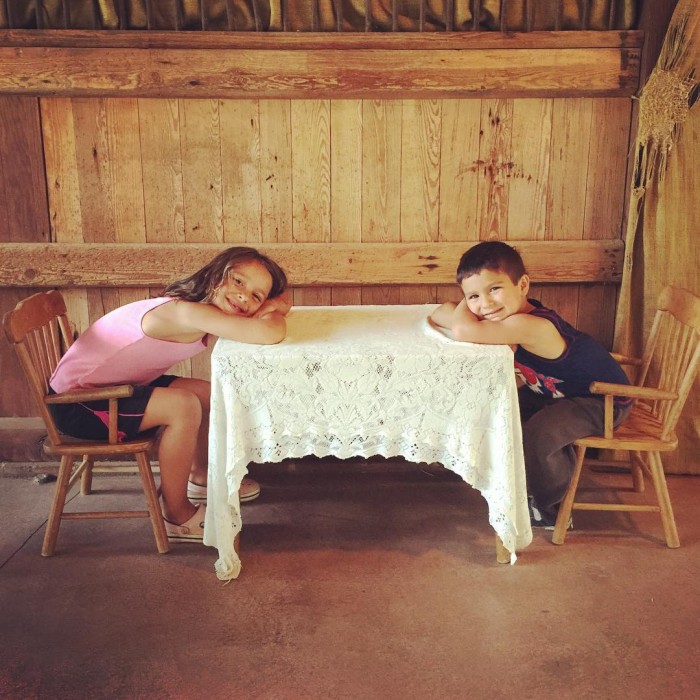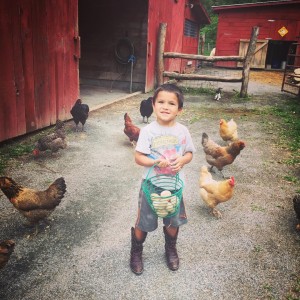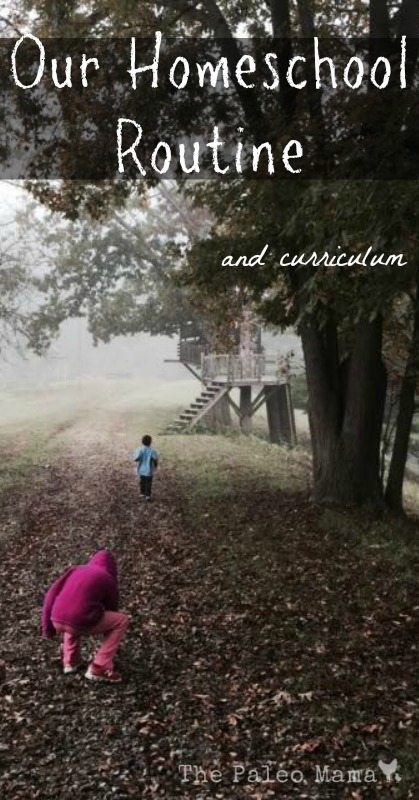Our Homeschool Routine video for 2018-2019 is here!!!
Sometimes I think I am. Other people think I am. But to be honest y’all….
I, simply, am not willing to wake up at 6am every morning and be on someone else’s schedule. I’m stubborn. I’ve reached that point of no going back.
Once you have a taste of freedom, you can’t get it out of your system.
I can’t imagine going through the hustle of early morning routine, making lunches, and having to be home around 3pm to pick the kids up.
Not only that, but homeschooling IS SO DANG EASY. I must be honest, it took me a good 2-3 years to really discover my own personal style of homeschooling. And, to be completely honest, I still am refining it.
Last year we did straight unschooling.
This year we are going to be (a wee tiny bit) more structured and I did order some curriculum. But what I’m learning is, each child of mine is so different and have their own needs and learning style. I can’t make them fit into my own little box and I must give them the freedom to explore their passions.
Unschooling taught me to trust my kids more and to allow them to dive DEEP into their passions.
Homeschooling has also given me the freedom to work from home and YouTube our adventures. And to help all of you who are deciding on if you should homeschool or not, or maybe you are just deciding to homeschool this year and you would love to take a sneak peak at my curriculum and routine…well then check out the video below!
I’ll be sharing more videos on our homeschool routine, so be sure to SUBSCRIBE so you can see when I post them!
More stuff on homeschooling:
- The Beginner’s Guide to Unschooling
- Our Homeschool Routine
- 5 Reasons I put My Child in Public School…and then Regretted It
- Abeka Curriculum for Arithmetic and Cursive
- All other curriculum I mentioned

